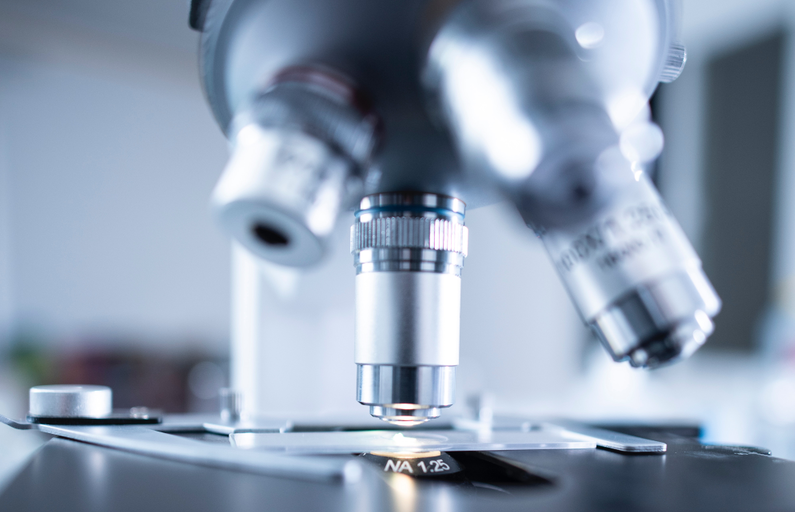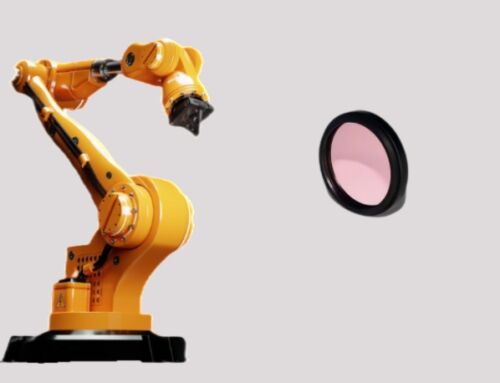Fluorescence Filters: A Key Component in Fluorescence Microscopy
Saturday, February25, 2023

Fluorescence microscopy has revolutionized the field of biology by allowing scientists to observe the inner workings of cells and organisms in real-time. One of the most important components of fluorescence microscopy is fluorescence filters, which are used to selectively transmit light of certain wavelengths and block out unwanted light. In this article, we will explore the different types of fluorescence filters commonly used in microscopy, including excitation filters, emission filters, and dichroic filters.
Fluorescence is the emission of light by a fluorophore when it is excited by light of a certain wavelength. Fluorophores are molecules that have the ability to absorb light energy and then re-emit it at a longer wavelength, producing a characteristic color. In order to visualize the fluorescence of a sample, the microscope must be equipped with appropriate filters that can isolate the excitation and emission wavelengths of the fluorophore.
Fluorescence Filters include:
Excitation filters are used to select the wavelength of light that will be used to excite the fluorophore. These filters are placed in the path of the light source, such as a mercury or LED lamp, and only allow a narrow range of wavelengths to pass through. By selecting the appropriate excitation filter, the user can ensure that the fluorophore is excited at its maximum efficiency.
Emission filters, on the other hand, are used to select the wavelength of light that is emitted by the fluorophore. These filters are placed in the emission path of the microscope, after the light has passed through the sample. Emission filters block out unwanted wavelengths of light, allowing only the fluorescent signal to be detected by the camera or detector.
Dichroic filters, also known as beamsplitters, are used to separate the excitation and emission wavelengths. These filters reflect the shorter excitation wavelengths while transmitting the longer emission wavelengths. This allows the excitation light to be directed to the sample, while the emitted fluorescence is directed to the detector.
The selection of appropriate fluorescence filters is critical for obtaining high-quality images in fluorescence microscopy. Using the wrong filter or a poorly designed filter can result in low signal-to-noise ratios, loss of image contrast, and increased background fluorescence. Therefore, it is important to choose filters that are designed specifically for the fluorophores being used and that have high optical quality.
In conclusion, fluorescence filters are an essential component of fluorescence microscopy, allowing researchers to visualize and study the inner workings of cells and organisms. Excitation filters, emission filters, and dichroic filters work together to selectively transmit and block out light of certain wavelengths, allowing for the isolation and detection of fluorescent signals. Proper selection and use of fluorescence filters is critical for obtaining high-quality images and accurate data in fluorescence microscopy.
Please contact us for your fluorescence filters request. sales@colighfilter.com to discuss your application.







